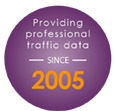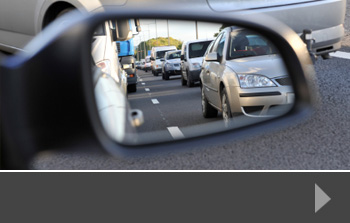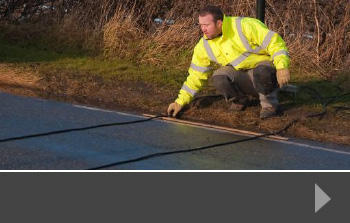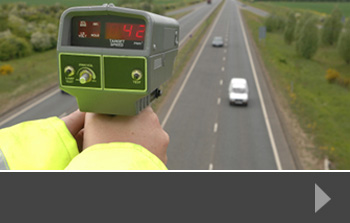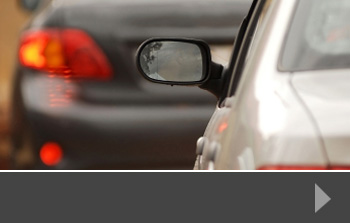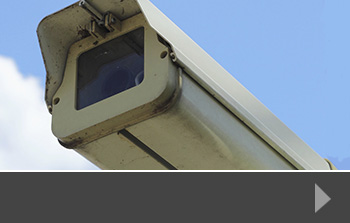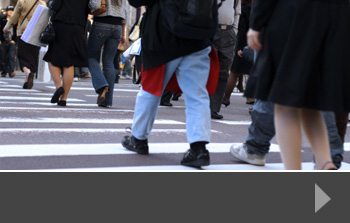30 years on: Are speed cameras beneficial?
It’s 30 years since the first speed camera was installed on the A316 over Twickenham Bridge. The camera was a Gatso – one of the most commonly-used speed cameras in the UK now. It was a permanently installed camera that was painted grey.
At the time it was installed, the speed limit on the stretch of road at Twickenham Bridge was 40mph. The camera was set to trigger when speeds exceeded 60mph and in just 22 days, 23,000 drivers were caught driving at over 65mph.
How do speed cameras influence our work on traffic surveys and journey times? Well, they are now a key road safety measure, with around 7,000 speed cameras of various types in operation. They are designed to maintain safe speeds on our roads, decrease accidents that cost lives and cause significant congestion. Since the introduction of speed cameras, road accidents and consequent deaths have fallen, showing that they play an important role.
How speed cameras help congestion
Average speed cameras are often used through motorway roadworks helping to keep traffic moving at set speeds and reducing the stop-start traffic habits that cause significant congestion. According to a Freedom of Information request by the RAC, there are 307 miles of major roads in England and Scotland that have average speed camera supervision. Research also suggests that drivers think average speed cameras are better for slowing traffic than fixed speed cameras.
And major roads that have regular speed camera stations are often able to reduce congestion by ensuring that the majority of drivers drive at or under the set speed limit, keeping traffic flowing.
Technology for traffic
Surveys, cameras, vehicle design improvements, satellite navigation – these are all ways that technology plays a part in helping to reduce congestion and improve road safety. That, alongside new technology developments, and a focus by road network planners on ways to keep traffic moving, all help to manage the significant number of vehicles that are still on the road.
At the same time, politicians and local governments are looking at ways to encourage people to use public transport more often and leave the car at home.
Traffic surveys from RDS
At Road Data Services, we provide a wide range of surveys to help developers and planners make informed decisions. We collect traffic survey data, pedestrian survey data, parking and journey time data and more. We work closely with our clients to produce accurate, reliable data that helps to move projects forward. To find out more, contact us today.

